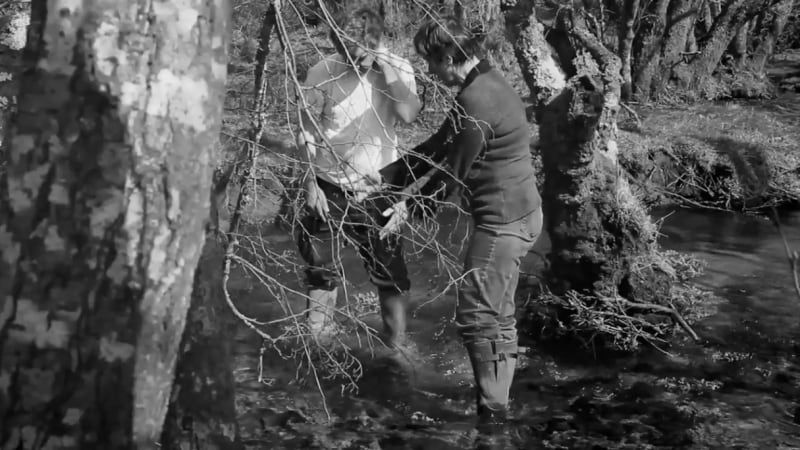Susan Derges trained as a painter before turning to photography, and in particular to the cameraless photography for which she, along with contemporaries such as Adam Fuss and Garry Fabian Miller, has become internationally renowned. This simple, elegant process was used in very early photography and, in essence, allows the artist to fix shadows onto light sensitive paper. Removing the camera allows an almost alchemical transformation, to extraordinary and powerful effect.
Much of Derges’s work has been made at night in the open air; using the natural world as her darkroom she has quite literally invented a new way of making pictures. Derges tracked the night sky with a camera and returned to the darkroom to combine camera based and camera-less techniques that result in images that are at once recognisable, and yet not quite what they seem.
Most recently, Derges has explored the anthropomorphic qualities of germinating seeds, which she has recorded through hundreds of images made using a scanning bed (in part due to the scarcity of the Ilfochrome positive paper which Derges' practice once depended on). Described as ‘consetellations’, and influenced by the shape of the Covid-19 virus, Derges has sought to transform fears regarding extinction and loss into a story of renewal, of which the germinating seeds are emblematic.
Susan Derges has work in museums and public collections all over the world, including the Hara Art Museum, Tokyo, the Metropolitan Museum of Art, New York and MOMA, San Francisco. In October 2010, Susan Derges was selected as one of five artists represented in Shadow Catchers, a major survey of camera-less photography at the Victoria and Albert Museum in London. A Little Bit of Magic Realised; an exhibition at Ingleby Gallery (November 2010 – January 2011) ran parallel to Shadow Catchers, which focused on the wider career of Susan Derges and Garry Fabian Miller in the context of early historical photographic experiments.
